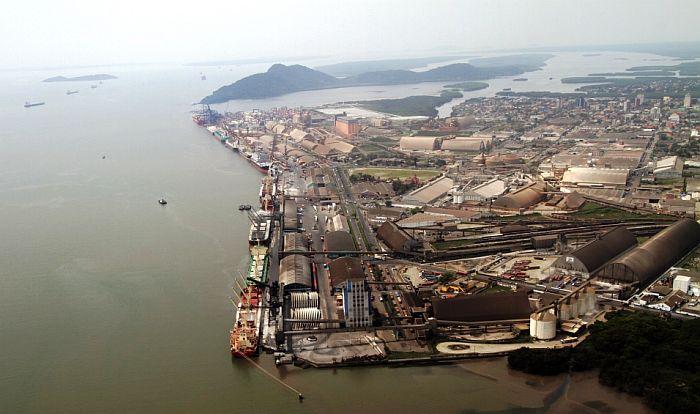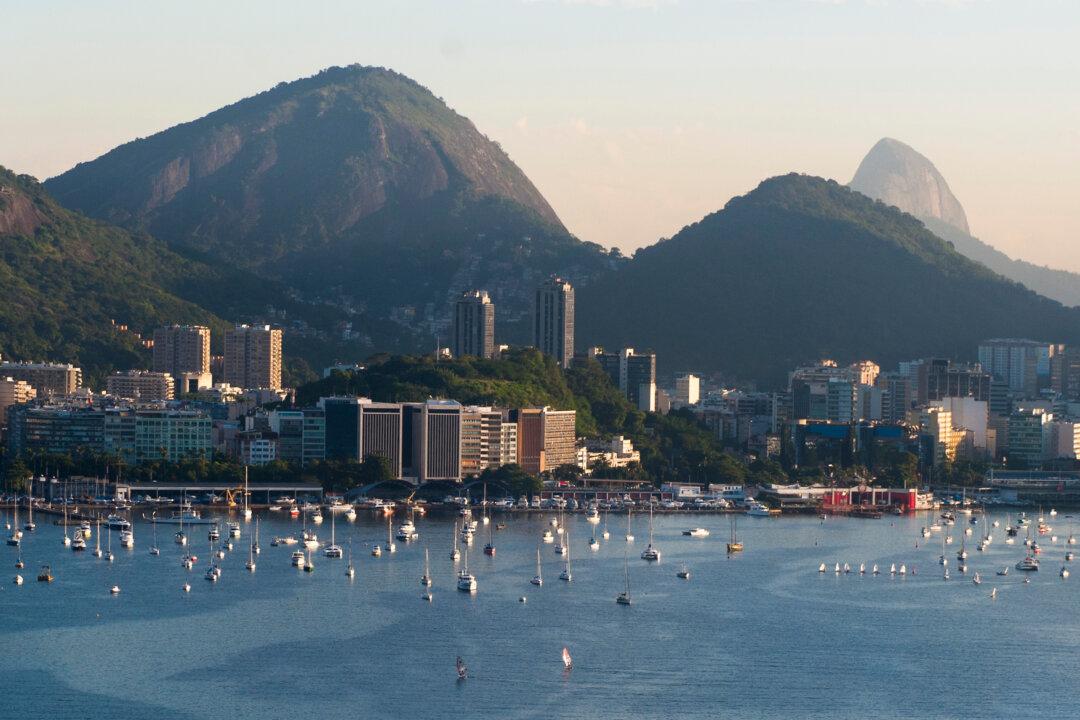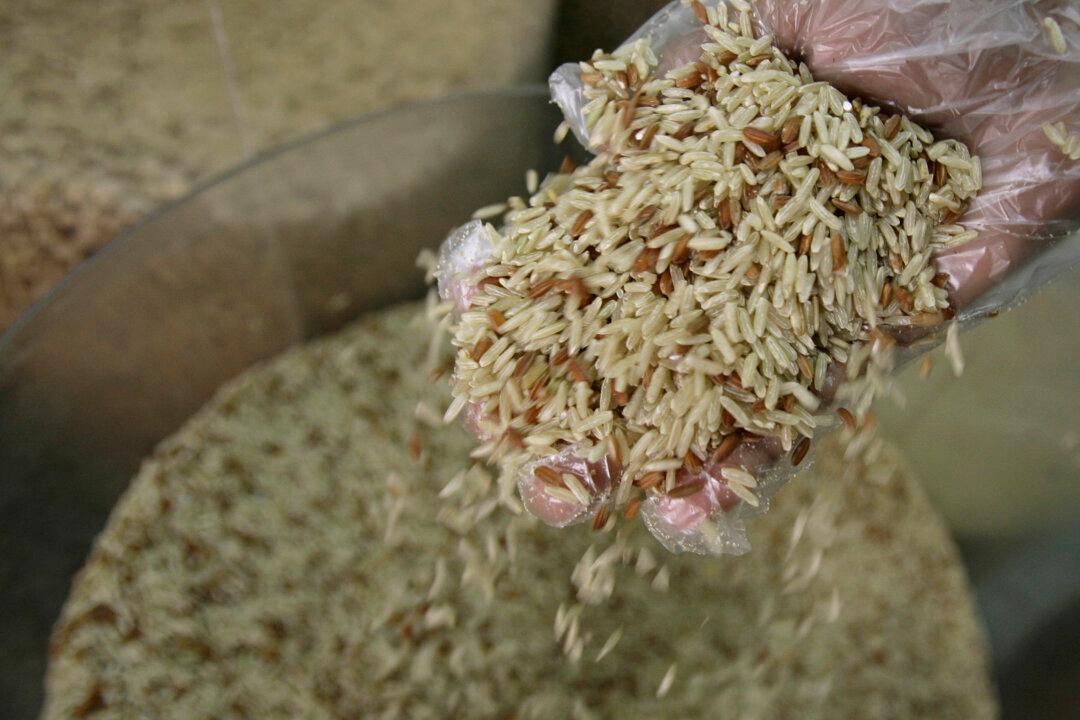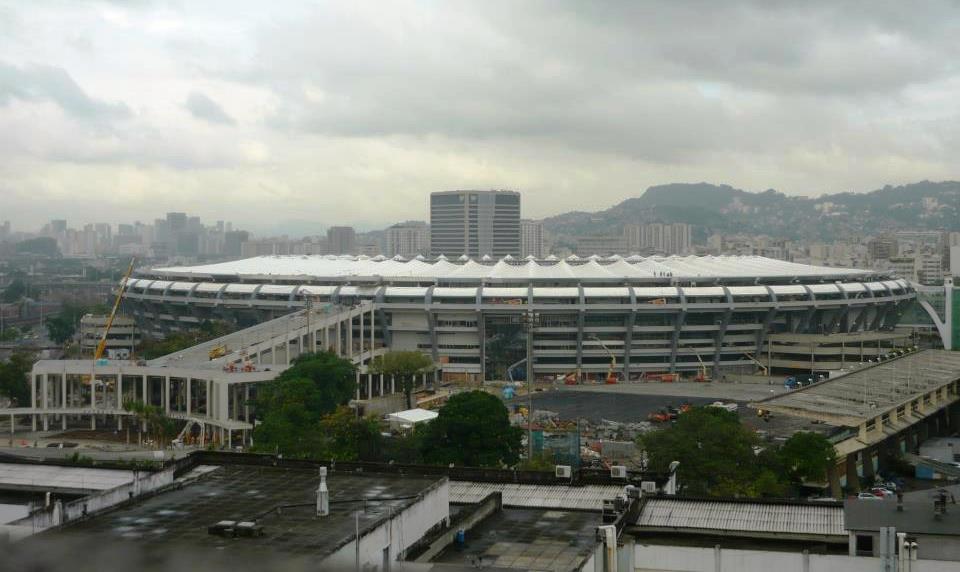ITATIBA, Brazil—Although Brazil’s soybean production reached record levels this year, making the country poised to become the world’s leading producer, port congestion is impeding exports of soybean as producers fear losing international markets.
Leonardo Sologuren, director of the Brazilian business consulting group Clarivi, says the reason for the bottlenecks at the ports is that the logistics and infrastructure haven’t kept pace with soybean production.
“In Brazil there was an increase [in soybean production] from 2012 to 2013 from 65 million tons to 82 millions tons,” Sologuren says.
According to a survey done by the Brazilian government agency National Food Supply Company (CONAB), farmlands dedicated to soybean production have grown by 10.4 percent compared to last year.
The same survey, however, showed a decline in exports compared to previous years due to logistics limitations.
According to CONAB, demand for Brazil’s soybean will continue to be strong in 2013, with international markets, particularly China, hungry for the product. Brazil is currently competing with the United States for markets in Asia and Europe and other regions.
Sologuren says there are a number of factors contributing to the congestions at the ports. There are transportation disruptions due to rain, a lack of sufficient storage facilities, a shortage of trucks, limited waterways and railways, and other factors.
Daniel Furlan Amaral, manager of economics at the Brazilian Association of Vegetable Oil Industries (ABIOVE), says that the fact that the corn crop is also having a high production year means that transportation routes and infrastructure have been even more limited for soybean this year.
Rain Halting Exports
In Paranaguá port in Paraná State, the main port of export for soybeans and other food products in Brazil, there were a total of 27 days of shipment stoppages due to rainfall in less than three months this year. This is more than twice the number of shutdowns during the same time last year with only 13 days, according to Luiz Henrique Dividino, the superintendent of the port.
And the rain is just one of the issues.
“We still have the complication of working simultaneously with two products: Corn is still being shipped, which competes with the flow of soybean. But looking at the scheduling of ships, we see that there are only a few boats left that are to take the corn, and within a few days we can start moving the soybean,” Dividino says.
High humidity is another hindrance to the movement of soybean, as it could damage the beans while they are in storage.
Government Investments in Long-Term Solutions
The Brazilian government has already taken action to implement long-term solutions to address the issue of transportation limitations, and is also considering different proposals.
Some of the ports, such as the Port of Itaqui in Maranhão State, are being expanded, and the government is also looking into investing in new ports, but as ABIOVE’s Amaral points out, the expansions will take some time to complete.
There’s also a time lag for the industry to start using any new ports, says Priscilla Biancarelli Nunes, coordinator of the Research Group on Logistics and Industrial Extension.
Nunes explains that the industry is currently accustomed to using the main export ports of Paranaguá and Santos in São Paulo. It is not certain at this point if using other ports that are further from production areas would make economic sense for exporting companies.
She estimates that chaos at the ports will continue to be the norm for at least the next five years.
The government is also looking into expanding storage facilities to help increase export capacity.
“New strategic locations for warehouses are being studied throughout the country. The study will be part of the National Warehousing program,” says a spokesman with the Brazilian ministry of agriculture, livestock, and supply.
After identifying the locations, the government will then encourage the private sector to build storage warehouses in those locations.




